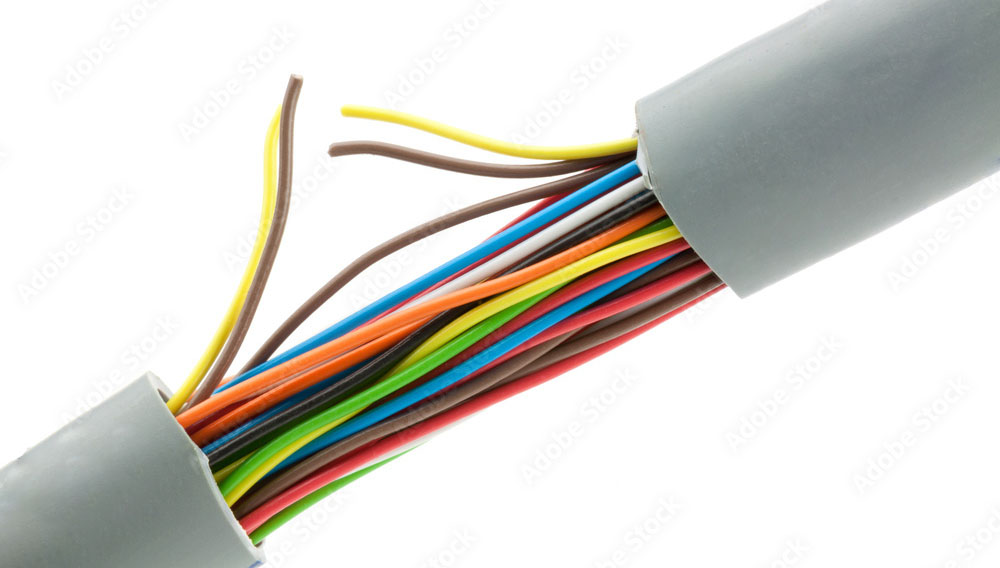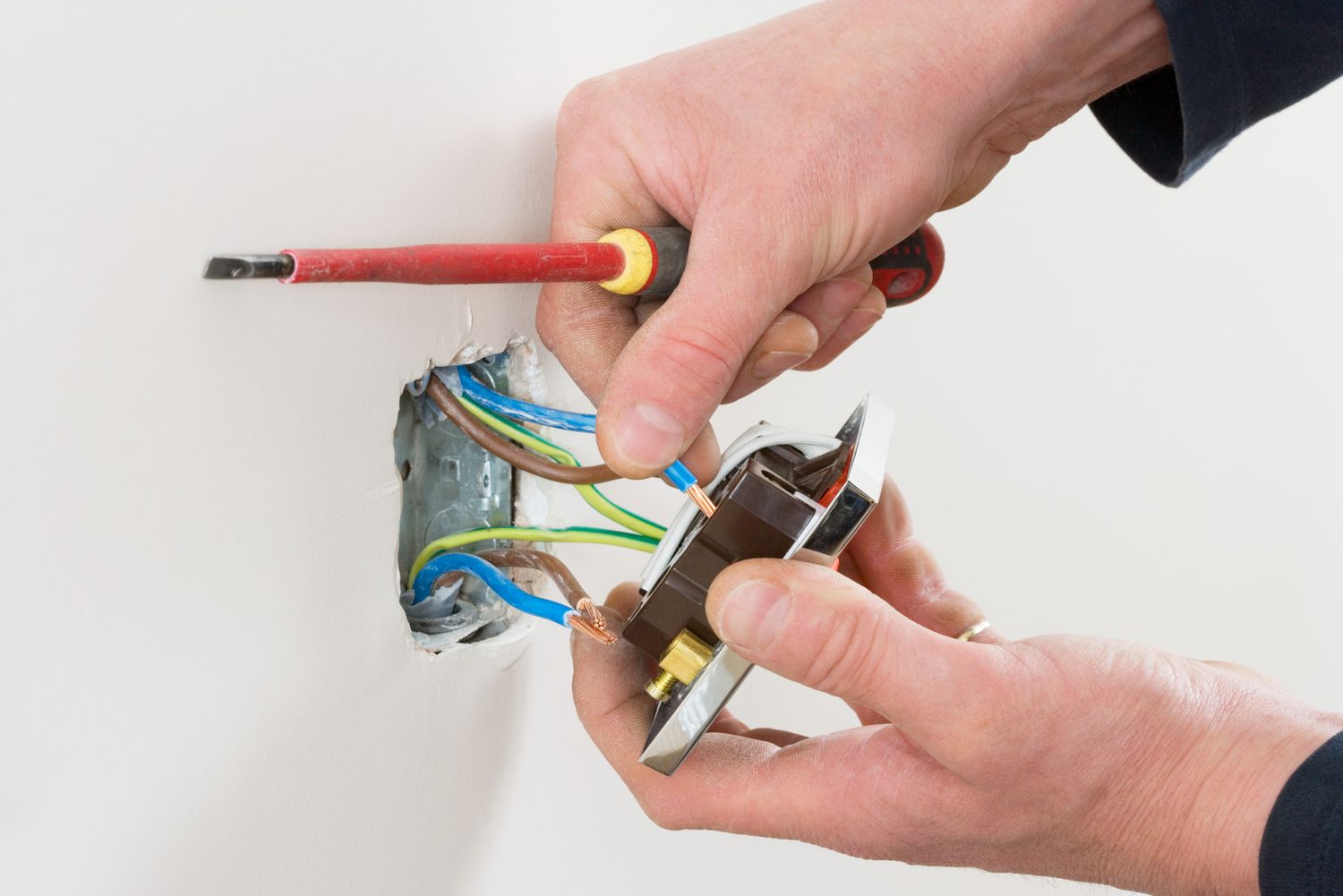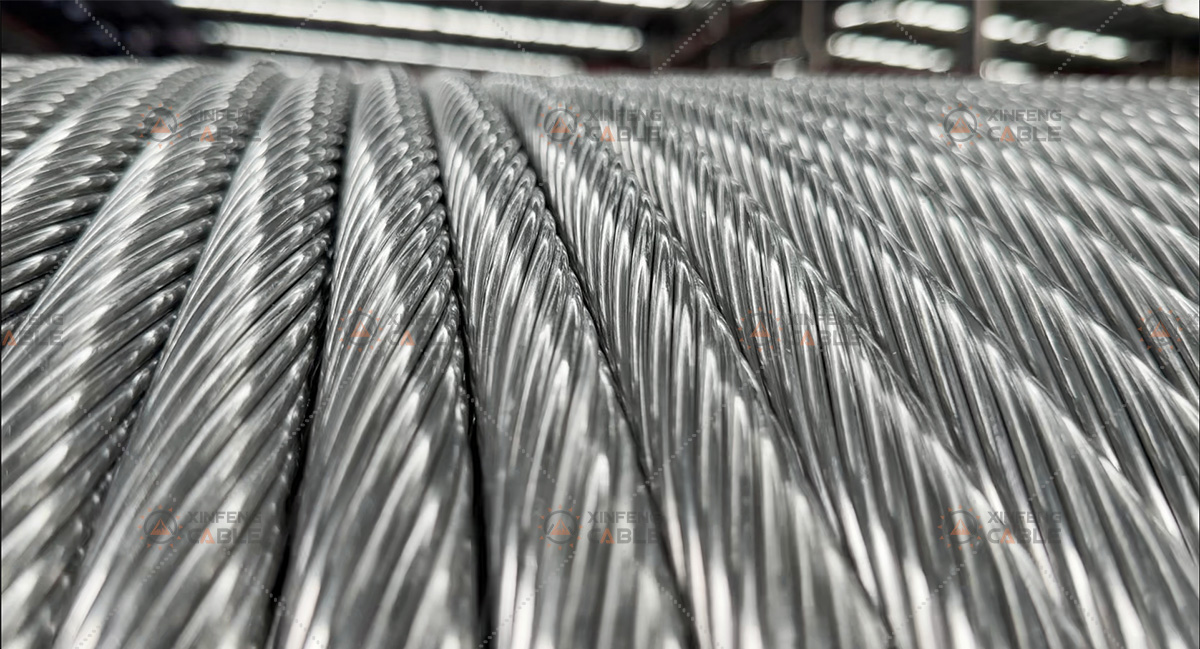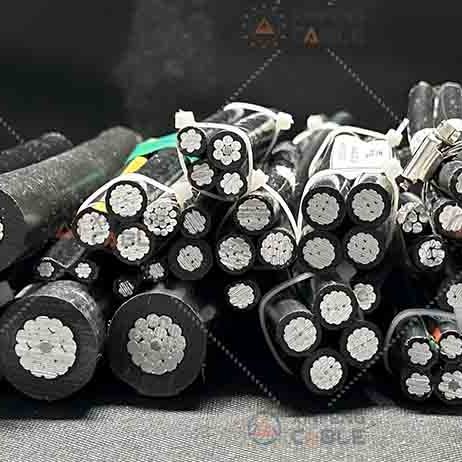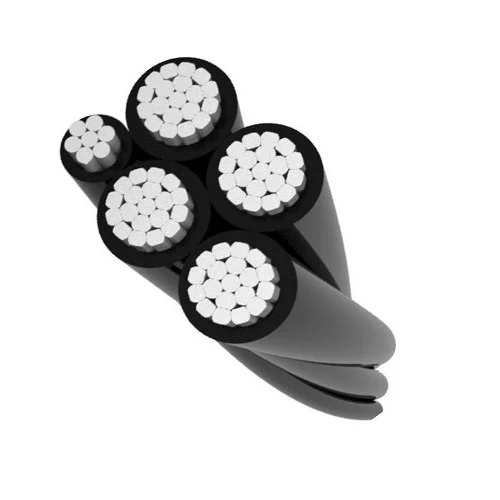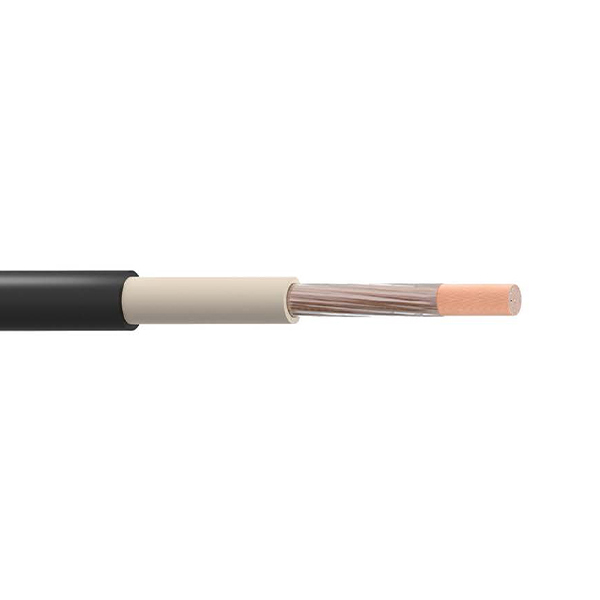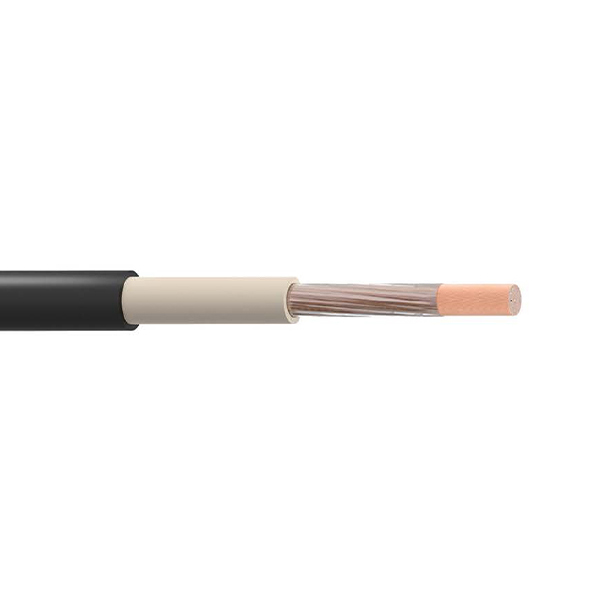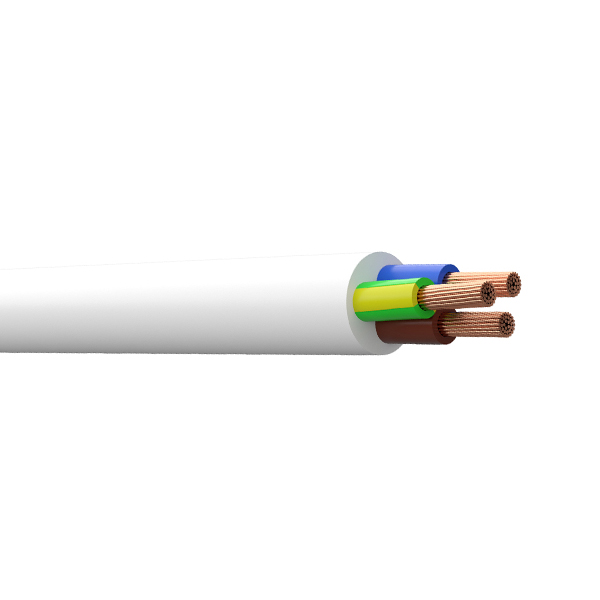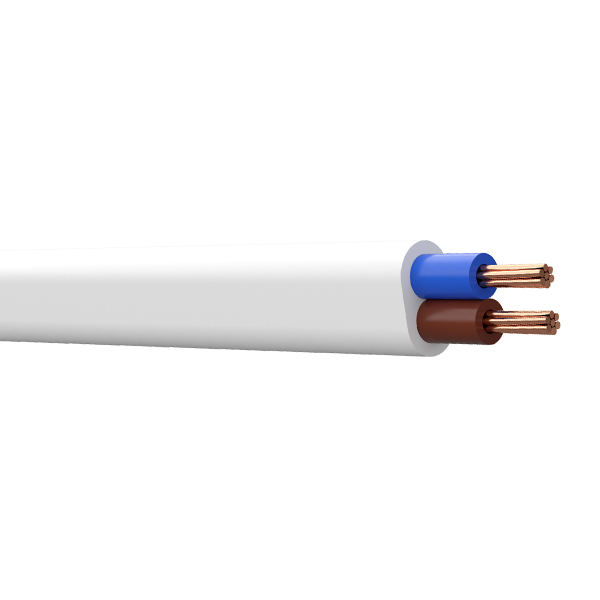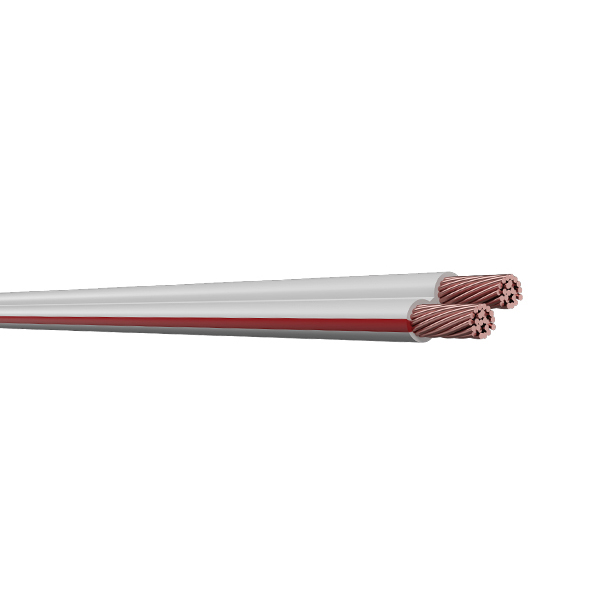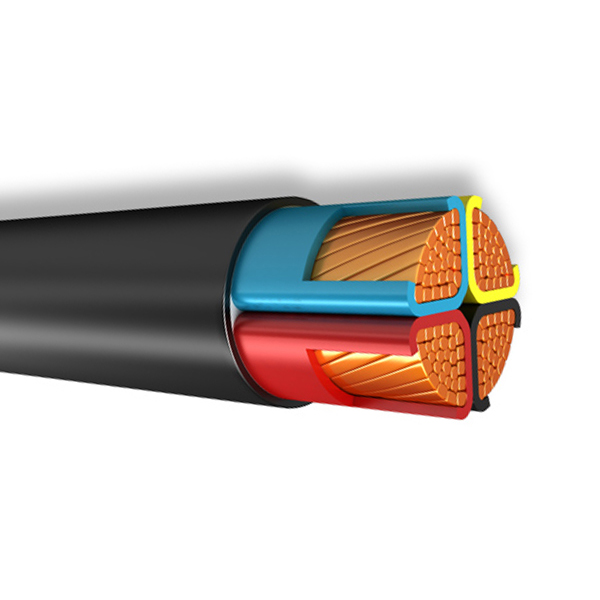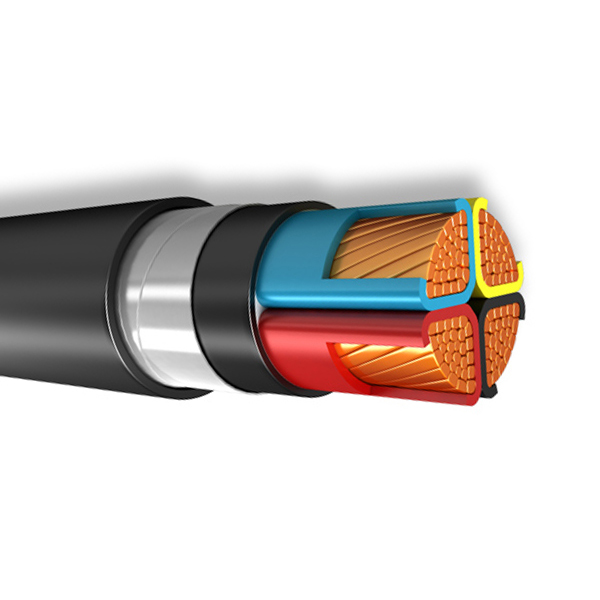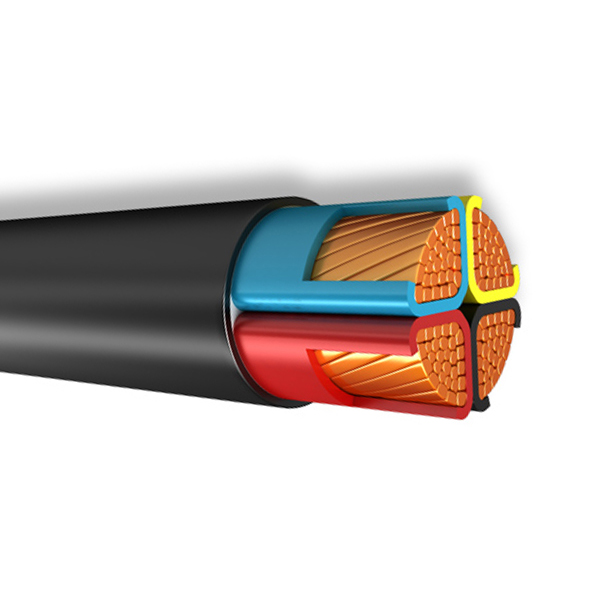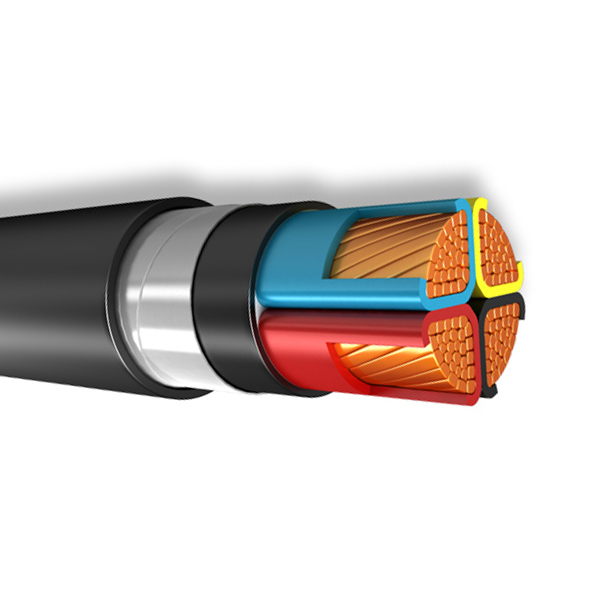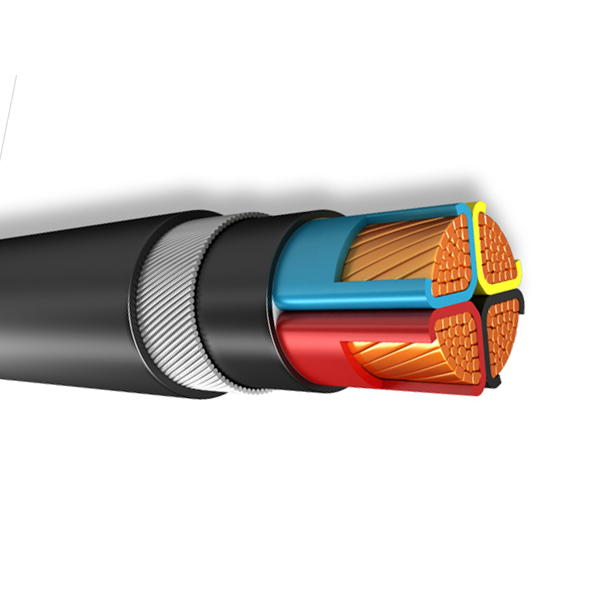What Are Electric Cable Colours
Introduction
In the labyrinth of wires that power our modern lives, a silent language of colors weaves through the intricate tapestry of electrical systems. Electric cable colors are not merely a matter of aesthetics; they are a vital component of a visual coding system designed to convey essential information about the function and characteristics of each wire. In this extensive exploration, we delve into the world of electric cable colors, unraveling the purpose behind their diverse hues, understanding the methodologies of color coding, and navigating the global landscape of standards.
The Essence of Electric Cables
Electric cables, the unsung heroes of our connected world, are composed of intricate layers designed for the seamless transmission of electrical power. Conductors, typically crafted from copper or aluminum, form the core, carrying the electric current. Insulation envelops these conductors, preventing unintended contact and ensuring the safe flow of electricity. Protective sheaths shield the cables from environmental elements, safeguarding their integrity over time. Beyond this mechanical complexity lies a visual code that speaks volumes about the nature and role of each wire.
The Purpose Behind Colour Coding
1. Identification and Safety:
At the heart of color coding is the need for clear identification. Different colors signify distinct functions, such as live (hot) wires, neutral wires, and grounding wires. This aids not only in the installation and maintenance of electrical systems but also enhances safety by reducing the risk of errors and accidents.
2. Universal Standardization:
The universal standardization of electric cable colors ensures a common language across the electrical industry. It fosters consistency in installations and facilitates understanding among professionals worldwide.
3. Visual Communication:
Electric cable colors serve as a form of visual communication. They convey information about the role, function, and characteristics of each wire without the need for intricate labeling or documentation.
Methods of Colour Coding
1. Solid Colors:
The most straightforward method involves assigning solid colors to specific functions. For instance, brown commonly denotes live or phase wires, blue signifies neutral, and green or green with a yellow stripe represents ground.
2. Stripes and Bands:
Stripes or bands of specific colors on a background color provide additional information. A blue wire with a white stripe, for example, may indicate a particular characteristic or function within the system.
3. Numeric Markings:
Numeric markings on the insulation may accompany or replace color-coding, offering an alternative method of identification, especially in situations where color perception may be challenging.
A Global Mosaic of Electric Cable Colours
1. United States:
In the United States, the National Electrical Code (NEC) establishes color codes. For instance, black, red, and blue are commonly used for hot wires, while white or gray represents neutral and green or bare copper signifies ground.
2. United Kingdom:
The UK adheres to the IEC 60446 standard, using brown for live, blue for neutral, and green/yellow for ground. Before 2006, red was used for live wires.
3. European Union:
The European Union aligns with the IEC standards, ensuring harmonization across member states. This promotes consistency in electrical installations throughout the EU.
4. Australia:
Australian standards mirror the IEC conventions, employing brown for live, blue for neutral, and green/yellow for ground.
5. International Electro-technical Commission (IEC):
The IEC plays a pivotal role in setting global standards for electric cable colors. IEC 60446 provides a framework for consistent color-coding practices internationally.
The following pictures show you the color standards in different countries, with data from allaboutcircuits.com
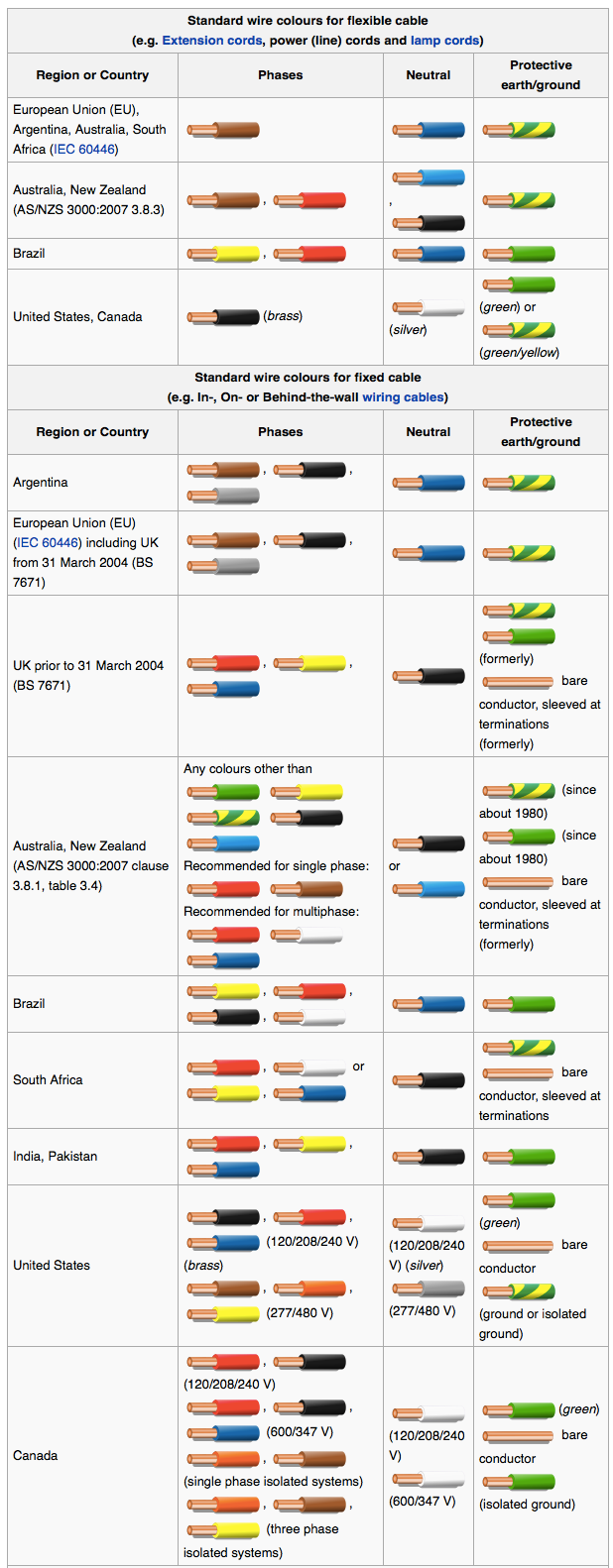
The Evolution of Electric Cable Colours
The historical evolution of electric cable colors mirrors the progression of electrical systems themselves. Early installations often lacked standardized color codes, leading to confusion and safety concerns. Over time, as the importance of safety and standardization became apparent, global organizations like the IEC took the lead in establishing guidelines that would become the foundation for color-coded systems worldwide.
The Future of Electric Cable Colours
As technology evolves, so too does the potential for innovation in color-coding methodologies. Emerging technologies such as augmented reality and smart labeling systems may revolutionize the way we interact with and understand electric cable colors. The integration of these advancements could further enhance safety, streamline maintenance, and contribute to the ongoing standardization of electrical installations.
Conclusion
In conclusion, the seemingly simple aspect of electric cable colors conceals a profound significance within the intricate web of electrical systems. They are not mere aesthetic choices but a universal language that speaks across borders, ensuring the safe and efficient transmission of power in our interconnected world. From the solid hues identifying live and neutral wires to the nuanced stripes conveying additional information, electric cable colors form a visual symphony that orchestrates the dance of electrons in our modern infrastructure.
As we navigate this colorful landscape, it becomes evident that the language of electric cable colors is both universal and dynamic. It transcends linguistic barriers and evolves with the ever-changing needs of our technological society. So, the next time you encounter a bundle of wires, remember that each color is a note in the symphony of electricity, harmonizing safety, efficiency, and understanding in our electrified reality.
Contact Xinfeng Cable
Xinfeng Cable is a global supplier of professional wires and cables, welcome to contact us!
- 5/F, Building 5, New Development Kinner Smart Plaza, Zhengzhou City, China
- No.9, Wuqiao Road, Qiaomiao Town, Wuzhi County,Jiaozuo City,China
- +86 371 6505 3833
- + 86 1 3333 8683 99(whatsapp)
- sales@xinfengcable.com

